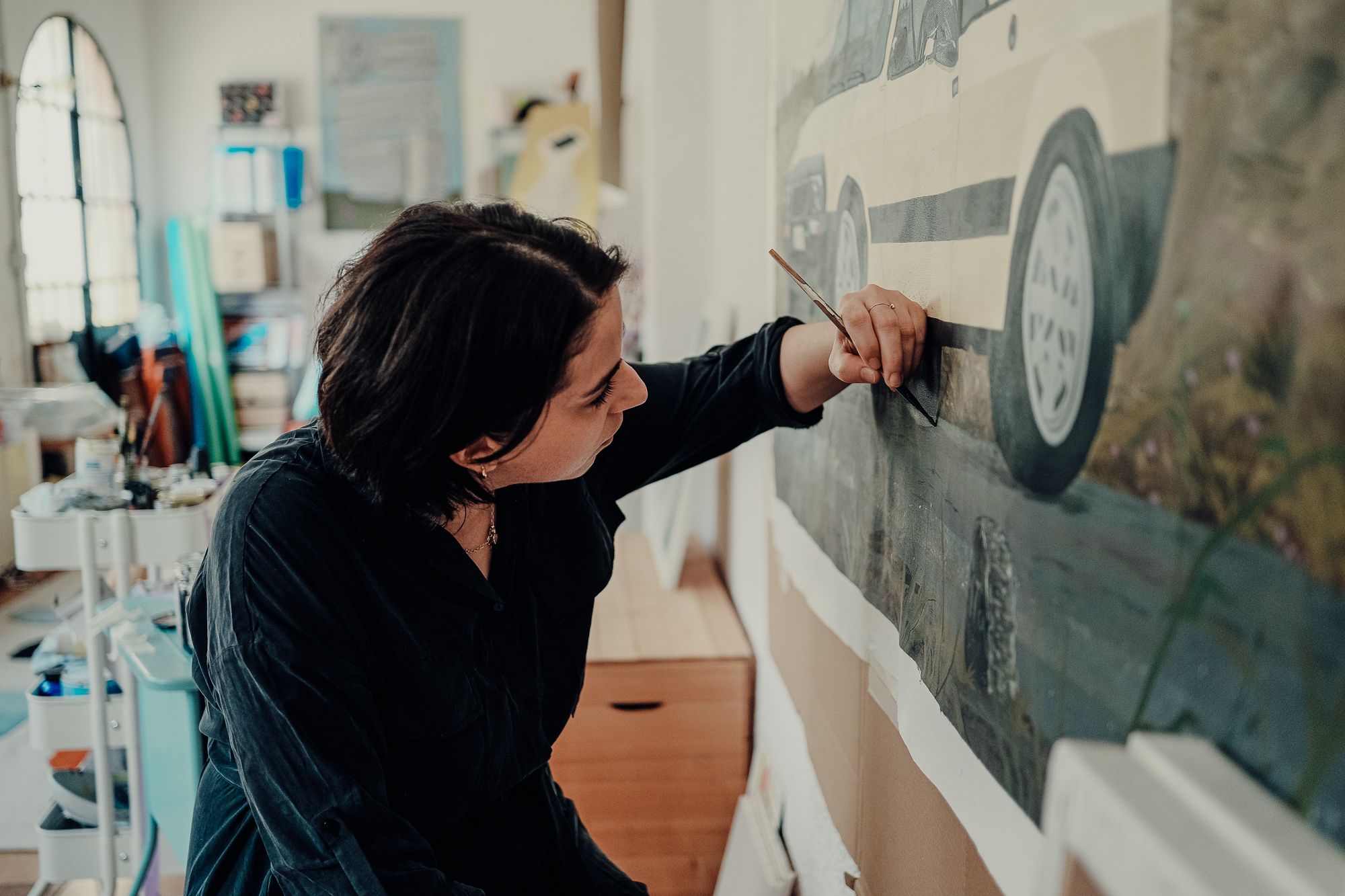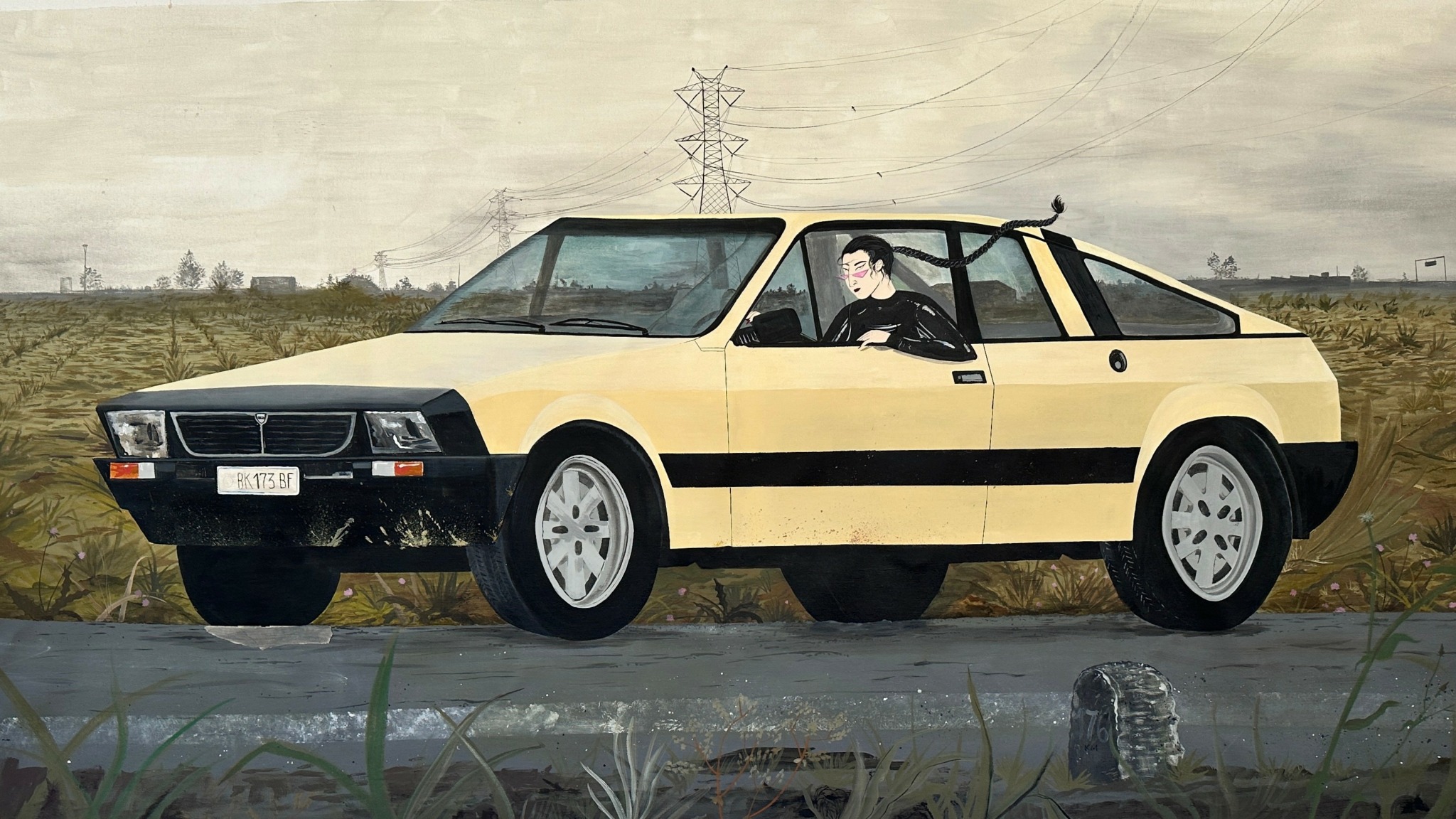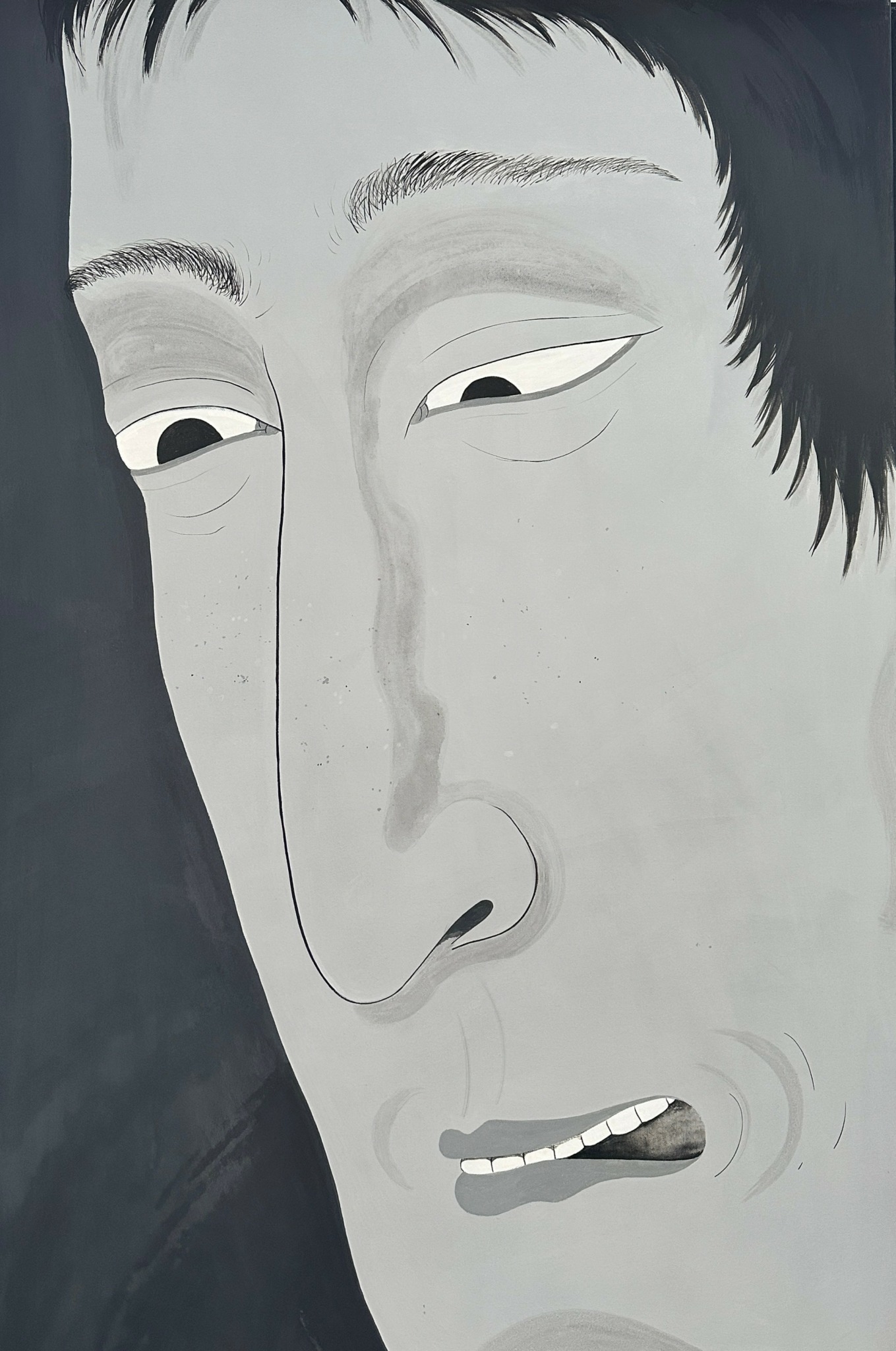Alright – so today we’ve got the honor of introducing you to Enrica Zaggia. We think you’ll enjoy our conversation, we’ve shared it below.
Enrica , thanks for taking the time to share your stories with us today When did you first know you wanted to pursue a creative/artistic path professionally?
I’ve had this thought many times. The first time I wanted to be a painter, I was around five, and my world was small—I was always drawing. Over the years, though, the idea started to scare me. The more I understood how the world worked, the more I doubted I’d ever make it. So, I studied something unrelated at university and then worked as a chef, keeping art as a kind of bittersweet hobby. I did this for nearly eight years.
Five years ago, I was a chef in a small restaurant in Venice. One morning, I realized that life wasn’t making me happy—not at all. I knew if I was going to change careers, I’d only do it for the one thing that could mean as much to me as cooking.
It took me almost two years to make that change, but today, even if work is stressful or intimidating, I never question what I’m doing with my life. I feel I’m exactly where I’m supposed to be.

Awesome – so before we get into the rest of our questions, can you briefly introduce yourself to our readers.
“My name is Enrica, I’m 33, and I’m an Italian artist. I’ve lived in Venice, Barcelona, and Milan, and recently moved to a small town in northern Italy to escape the bustle of big cities. This change has allowed me to rent a studio space where I can focus on larger projects that need more physical room to take shape. I currently work as an illustrator as well, creating commissioned pieces for brands and freelancers.
I also have a website with a shop where I sell prints, paintings, and unique pieces. My style, which I call Nippo Pop, is inspired by Japanese art and culture, reimagined through a modern, Western lens. I often work in series, creating paintings connected by a common theme, often with the same format. So far, I’ve explored themes like women in cars, vases (a series I painted in 2023), and just finished a collection of mini watercolor artworks that capture small nostalgic objects that bring me joy. Women are perhaps my favorite subject; I find it fascinating, especially now, to explore how women depict women after centuries of male-dominated perspectives in art.
Lately, I’ve been working to make my style even more distinctive. Ironically, that often means pushing myself to experiment by stepping away from it—exploring new techniques, simplifying my compositions, or using purely decorative motifs. I’ve also begun trying out different surfaces, applying my art to everyday items like tablecloths, plates, vases, and even clothing.
Looking ahead, aside from continuing to build a recognizable visual language that speaks to my generation, I’d love to bring my paintings into the brand world, much as I do with digital illustrations. I also dream of creating large-scale decorative pieces for public spaces—hotel lobbies, restaurants, libraries. I want my art to live where people gather.”

We’d love to hear the story of how you built up your social media audience?
I started actively building my Instagram profile about three years ago, and along the way, I’ve received valuable tips from fellow artists and creators. Although I still have a niche profile, a few key strategies have really helped me grow:
Influencer marketing has been essential for getting my work noticed. Since part of my business involves selling, sending products to influencers in my field made a big difference early on.
Remember, it’s a marathon, not a sprint. There’s no need to stress over missing a day, a week, or even longer without posting—most people won’t notice. And there’s no point in posting too much or forcing yourself into unrealistic schedules. Consistency and storytelling over time are what truly matter.
If you have nothing meaningful to share, don’t post. People’s time is valuable, so only share what really resonates.
Show your face. I used to hate this part, but now I get it: it’s important. Knowing who’s behind the screen creates a real connection.
Of course, I’ve made all these mistakes myself—and probably will again. But I try to be more mindful each time.

What’s the most rewarding aspect of being a creative in your experience?
There are three fundamental aspects for me.
The first is a deeply visceral moment—the act of creation itself. It’s when you envision a painting and its meaning, begin to mentally structure it, sketch it, and finally bring it to life on canvas. For me, this process is the essence of life. I cherish it, not only because it requires time and space, but because I know what it’s like to go without it—having spent years in another career with little time for art. Painting is a language for me, a way to translate ideas into something physical, something you can see. I’m deeply grateful to have developed this process and to have nurtured it over the years.
Another rewarding aspect is creating art for others—listening to what people want and designing for them. I love taking their ideas and translating them into something visual. Commissioned pieces, whether illustrations or paintings, are always collaborations—works created by four hands and two, three, or even ten minds.
The third aspect is practical: being creative gives me the freedom to pursue my own projects and express my own messages.
Contact Info:
- Website: https://www.enricazaggia.com
- Instagram: https://www.instagram.com/enricazaggia/

Image Credits
Photo by Marta Dall’Agnola & Francesca Paluan


